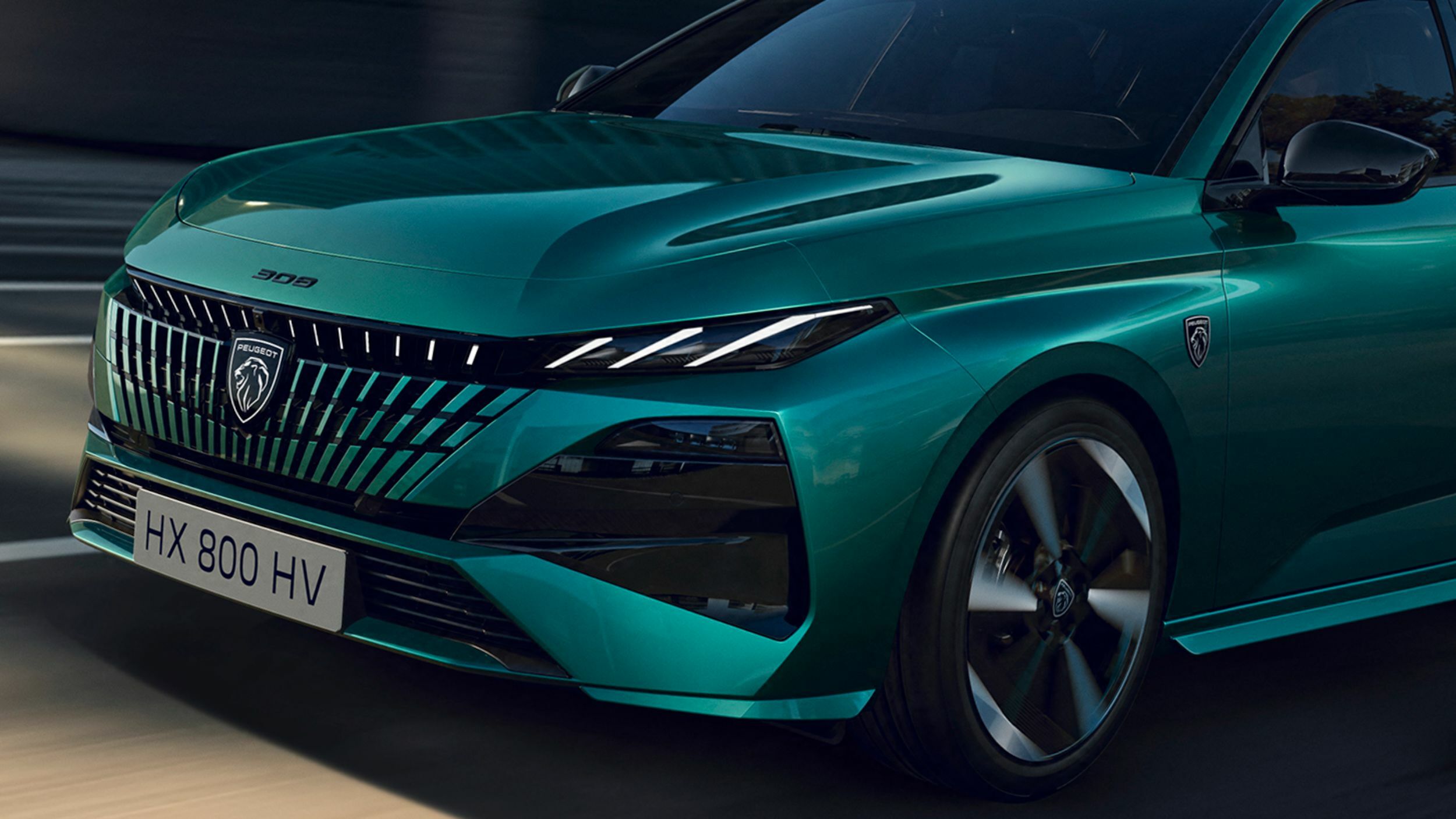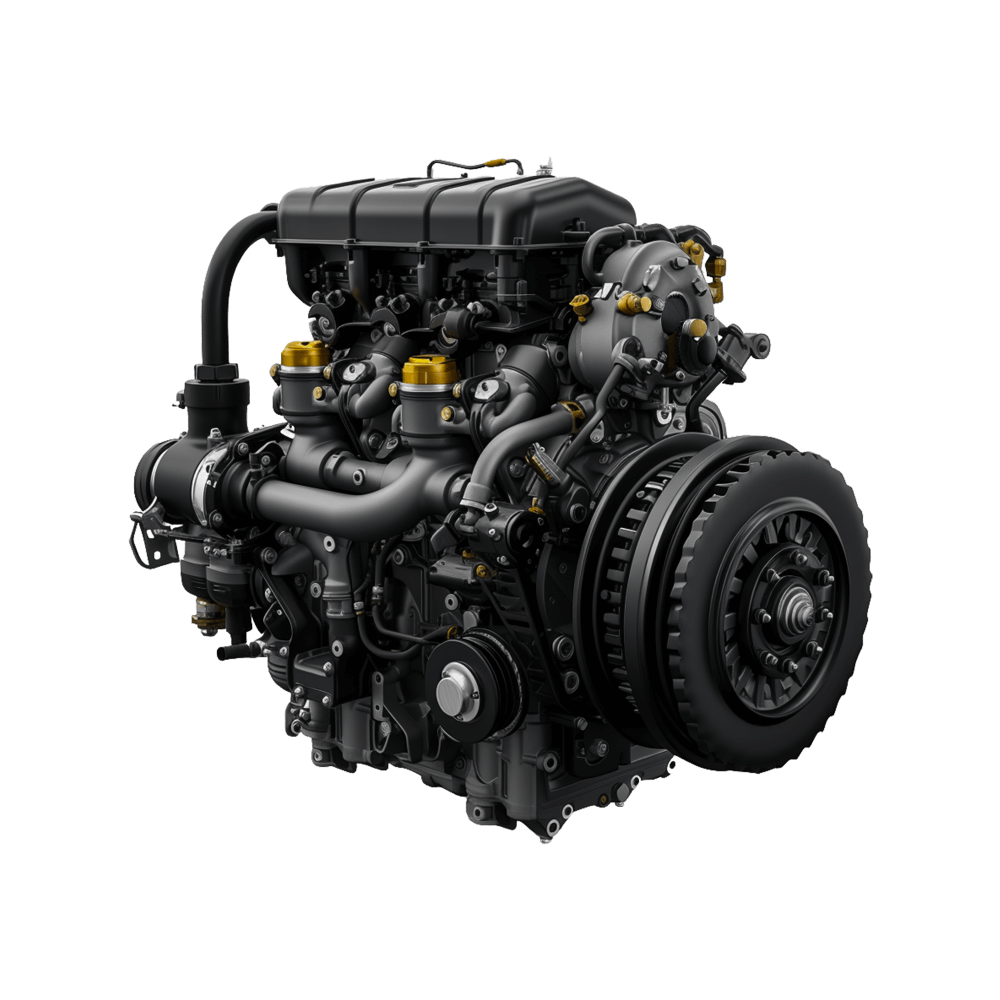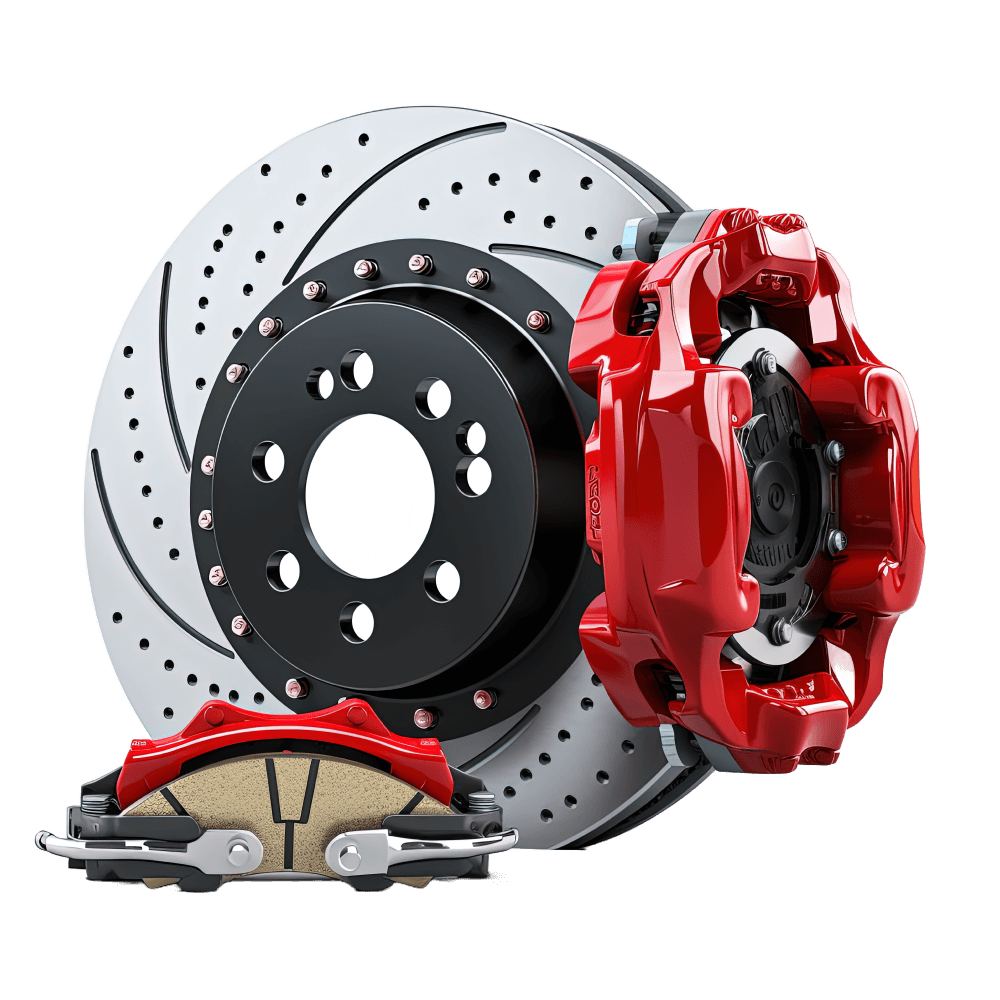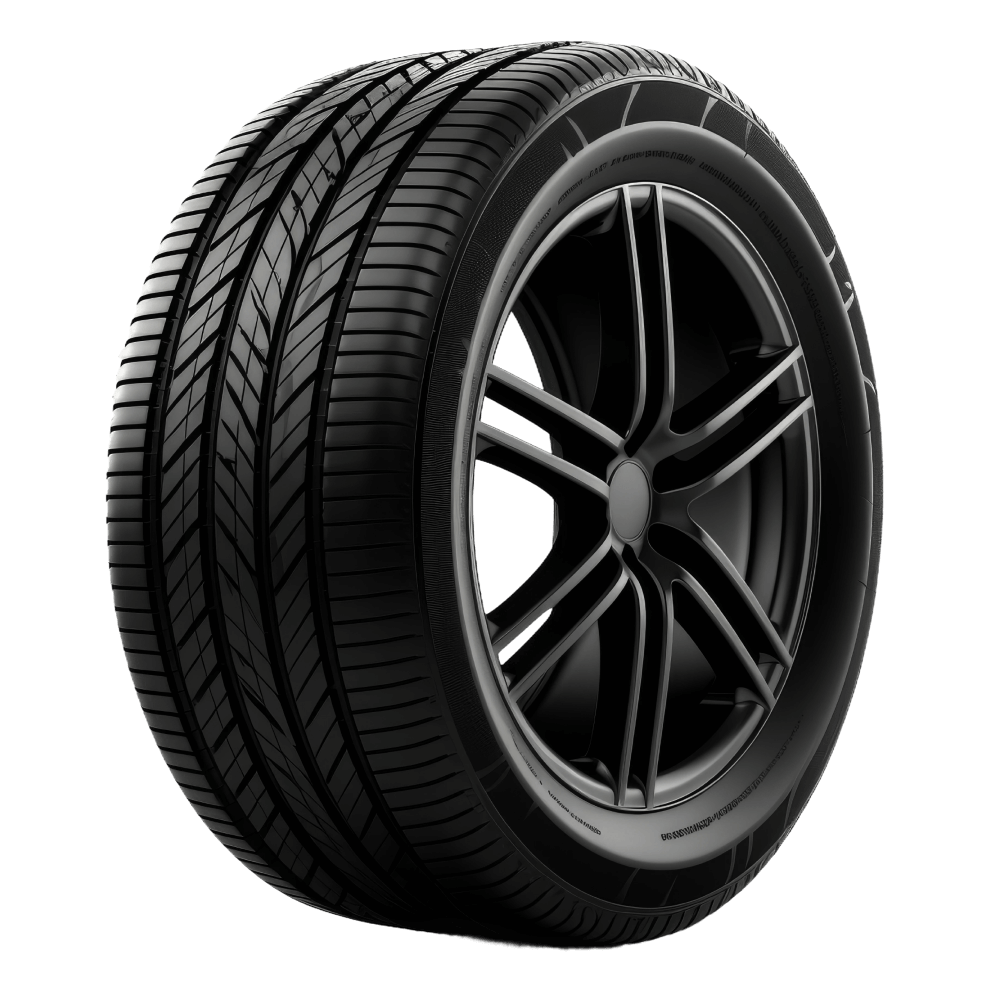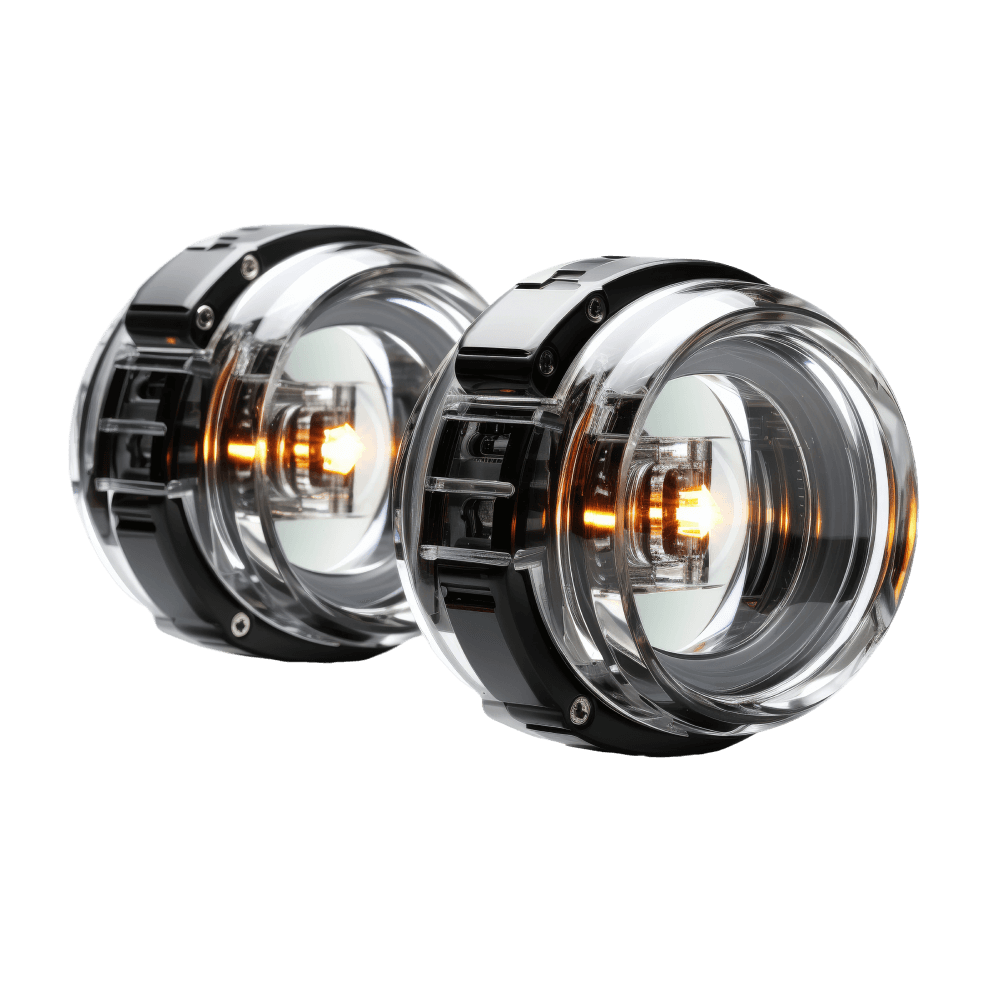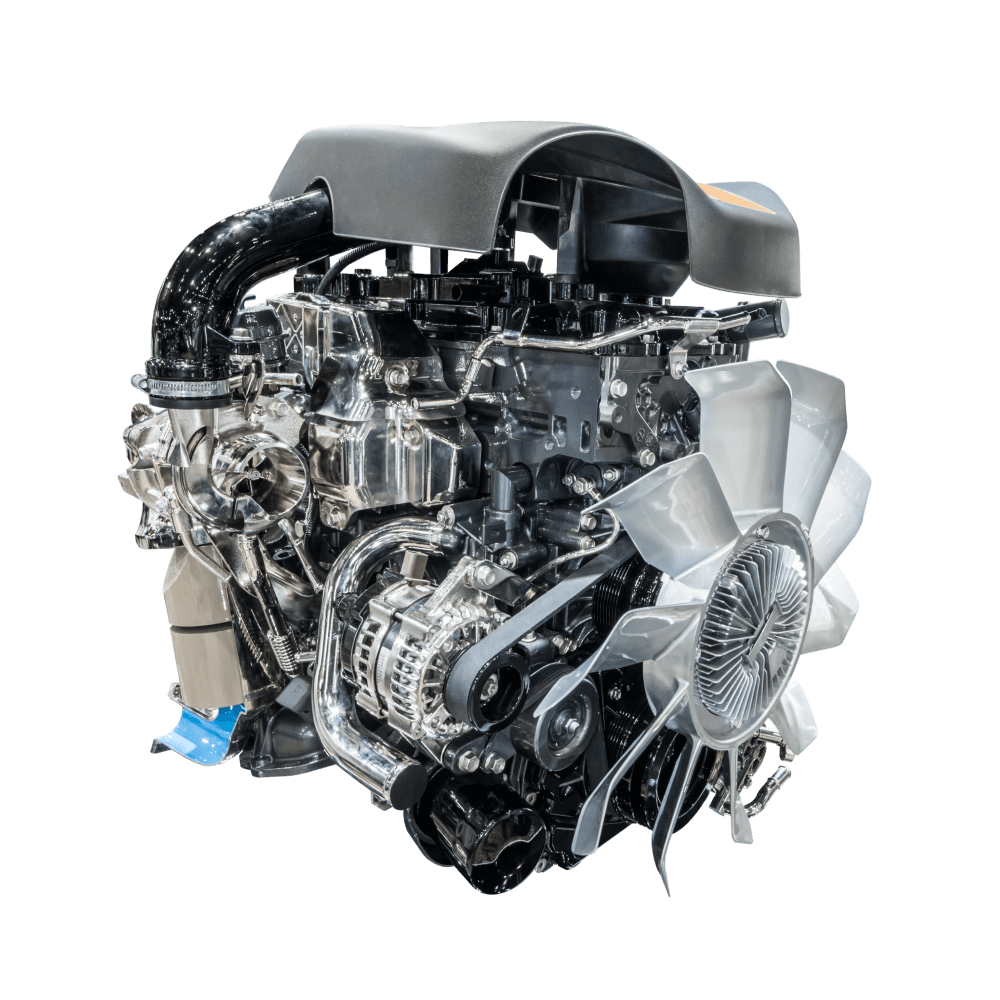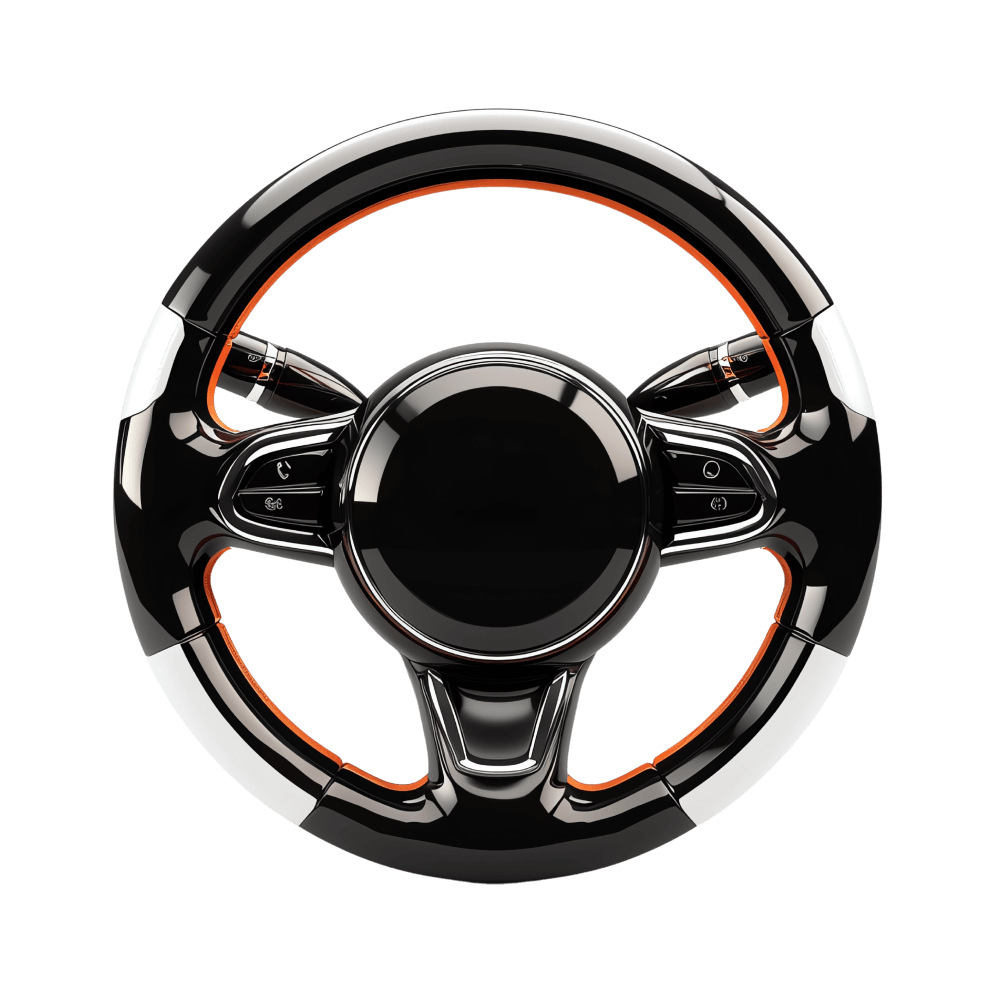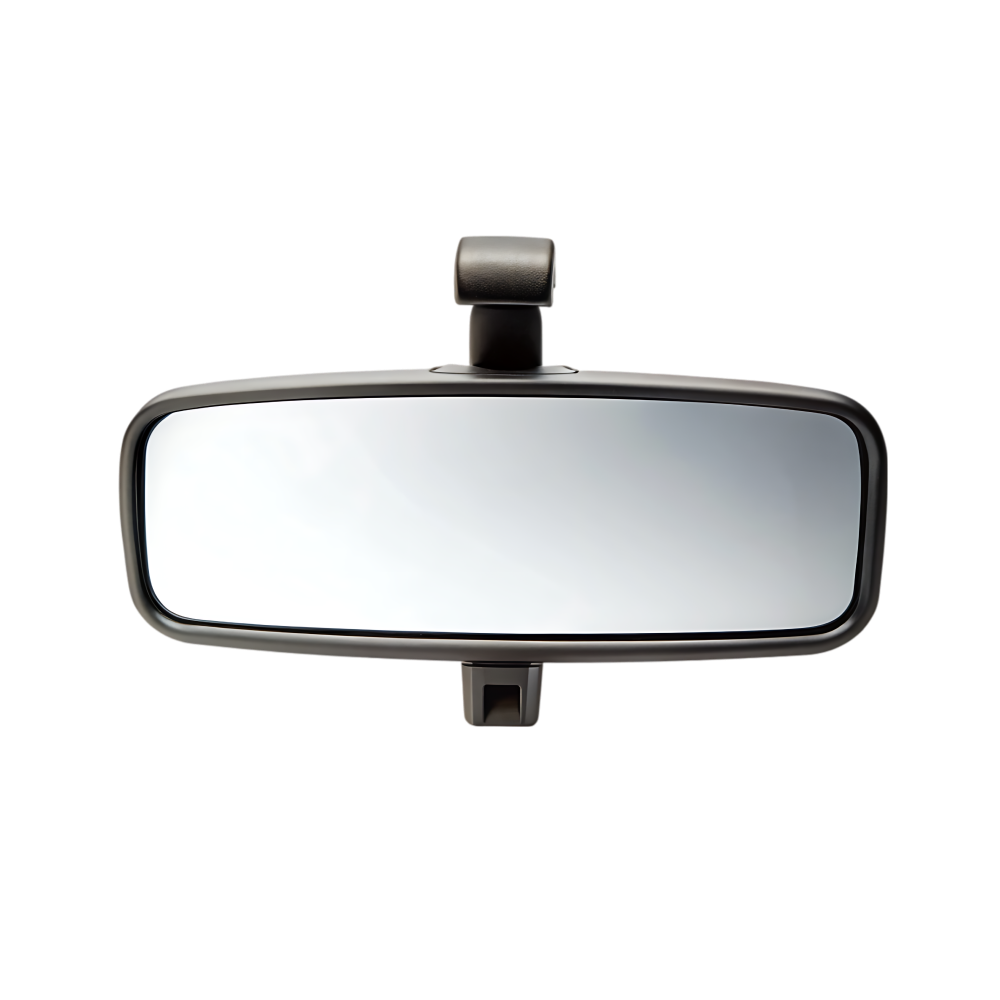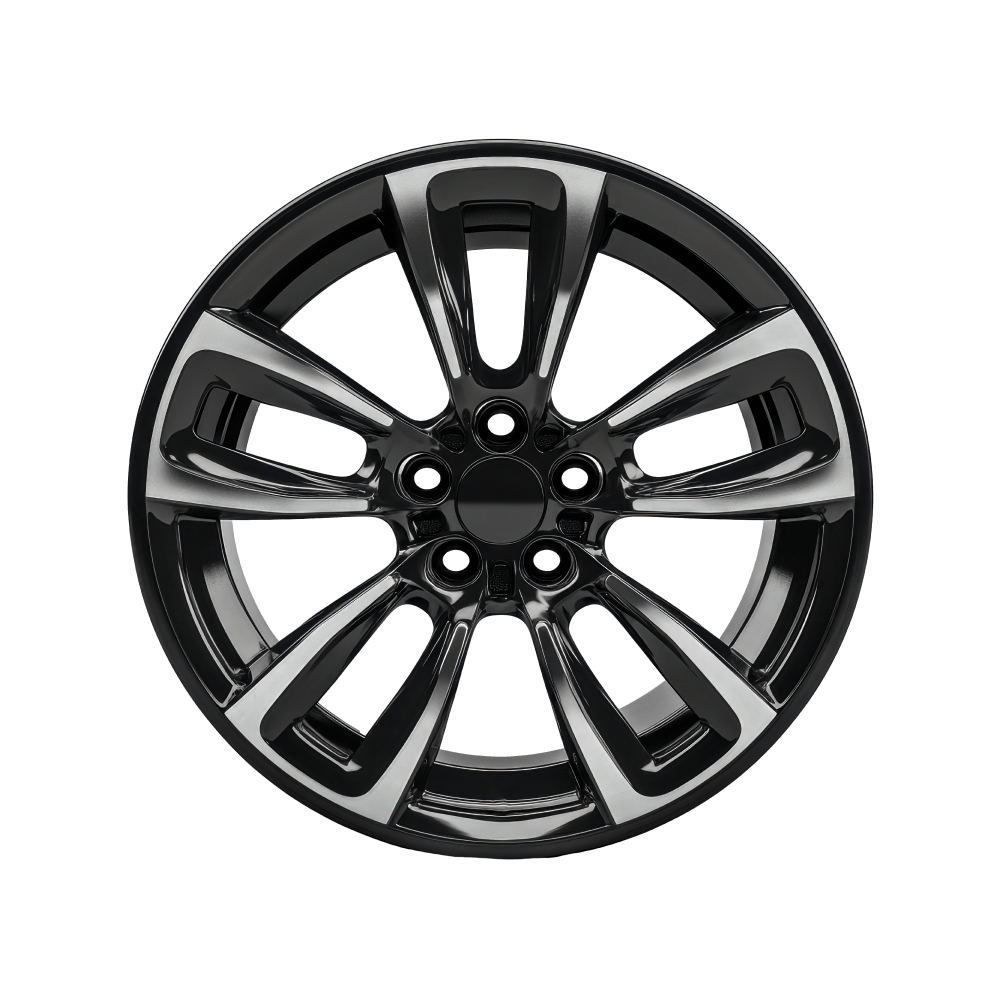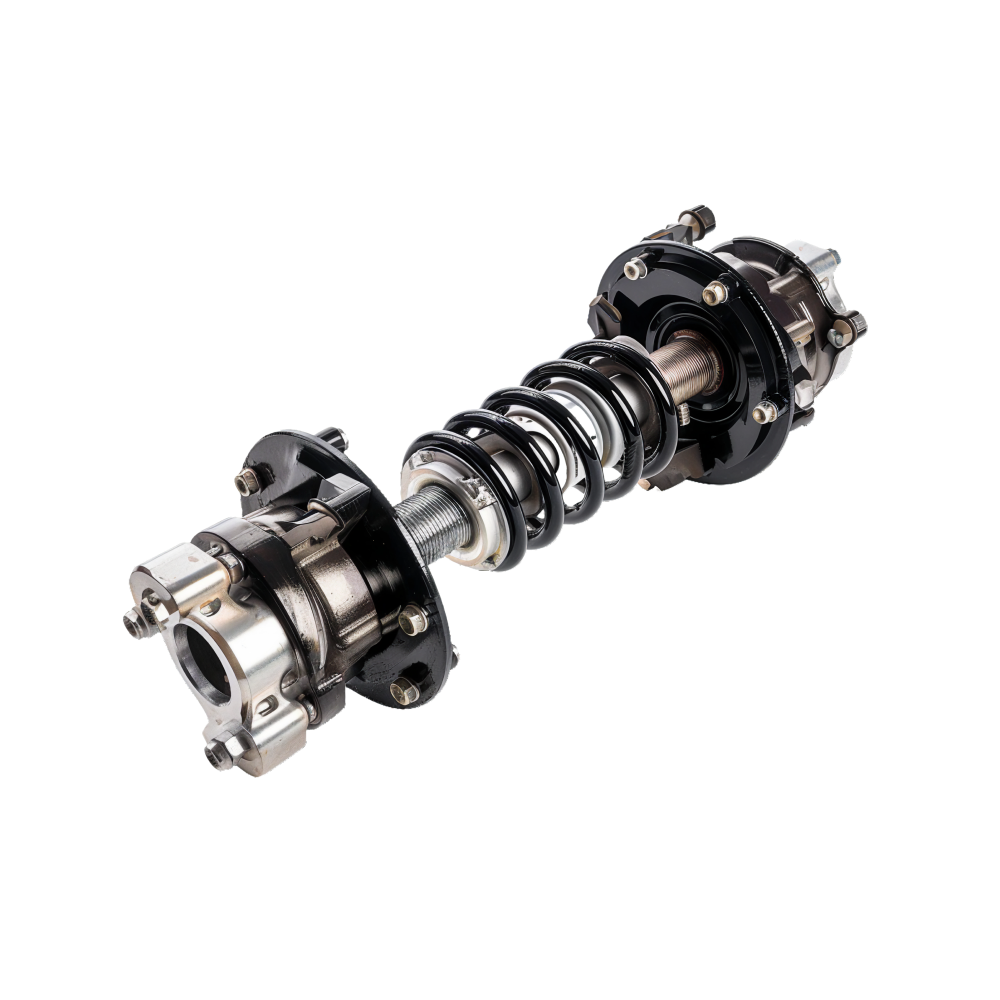Peugeot has applied the split headlight treatment to its compact hatchback and estate
The world might be focused on SUVs but hatchbacks and estates still have enough reach to make sense – at least in Europe. In this context, Peugeot has just unveiled the facelifted version of the 308, bringing fresh styling and a host of powertrain options.
The current Peugeot 308 was first shown in 2021, introducing an evolution of the French brand’s styling language. Four years later, the mid-lifecycle update includes a redesigned face that does without the signature fangs. Instead, the compact lion adopts split headlights with LED claws on the upper section and the full beams hidden in the black lacquer areas of the new bumper.
More: The Most Chic Hatch From Stellantis Just Got a New Identity
Rather than adding a full-width LED strip, Peugeot designers chose a set of luminous strands above the body-colored grille. The base Allure comes standard with full LEDs, while the GT and GT Premium add Matrix LED tech with sequential indicators. Another highlight is the illuminated emblem which is a first for Peugeot and will likely be applied to all future models.
According to the company, the new bumper intakes contribute to better aerodynamics, guiding the airflow to the wheel arches. The profile is largely carried-over but gains fresh 17-inch or 18-inch alloy wheels, a new Lagoa Blue colour for the hatchback and the Ingaro Blue shade for the estate. The rear end also remains unchanged but the bumper drops the chrome inserts and the taillights now feature the fancier LED claws on all trims (previously limited to the GT).
Moving inside, the 308 doesn’t get the newer digital cockpit of the mechanically-related 3008 and 5008 SUVs, but it’s own version of the i-Cockpit with the 10-inch display still looks quite modern.
Changes include the new 3D graphics for the digital instrument cluster, and the Alcantara upholstery on the GT and GT Premium trims. Equipment can include a 10-speaker Focal Premium Hi-fi System, an eight-color ambient lighting, and massaging seats, while the infotainment benefits from over-the-air upgrades.
More: Which New Stellantis Compact SUV Would You Actually Buy?
Peugeot claims they use 31% recycled and renewable materials for the construction of the facelifted 308, weighing 405 kg (893 pounds) per vehicle.
Luckily for fans of station wagons, the Peugeot 308 SW has survived the facelift, with a longer body and the extra practicality of a large boot. The model can carry between 598-1,487 litres (21.1-52.5 cubic feet) of luggage depending on the seating configuration. It also features a 40:20:40 split on the rear bench, and a power tailgate.
The Peugeot 308 rides on the EMP2 platform which is shared with the Opel Astra and Astra Sports Tourer, and the recently facelifted DS N°4. Chances are that the next generation will move to the evolved STLA Medium architecture which is already used in a number of Stellantis compact SUVs.
Diesel, Mild-Hybrid, PHEV, And Fully Electric Options
While the auto industry is moving away from diesels, Stellantis has decided to keep offering the Peugeot 308 with the 1.5-liter BlueHDi four-cylinder turbodiesel. The only non-electrified engine in the lineup produces 129 hp (96 kW / 130 PS) and is exclusively mated to an eight-speed automatic.
The model is also available with a mild-hybrid turbo 1.2-liter three-cylinder gasoline engine which is good for 143 hp (107 kW / 145 PS). This is made to a six-speed dual-clutch automatic (e-DSC6) with an integrated electric motor. Peugeot claims that the MHEV can drive up to 50% of the time in EV mode in urban environments.
Moving further up the electrification ladder, the 308 Plug-in Hybrid combines a single electric motor with a turbo 1.6-liter engine producing a combined 192 hp (143 kW / 195 PS). The setup includes a seven-speed e-DCS7 dual clutch automatic and a 17.2 kWh battery pack, allowing a zero-emission range of 53 miles (85 km).
More: The First Electric GTI Isn’t From VW
Finally, the fully electric E-308 has a front-mounted electric motor producing 154 hp (115 kW / 156 PS), sourcing energy from a 58.4 kWh battery pack. The WLTP range is 281 miles (452 km), representing an increase of 23 miles (37 km) compared to the pre-facelifted version, achieved thanks to improvements in battery and powertrain efficiency. When connected to an 100 kW DC charger, the EV can charge from 20-80% in 32 minutes. Furthermore, it is compatible with V2L function using an optional adapter.
The company didn’t mention anything about a potential performance-focused version that could signal the return of the GTI badge in a compact hot hatch. Note that Peugeot has recently introduced the fully electric E-208 GTI, after announcing that the PSE (Peugeot Sport Engineered) badge won’t live past the existing 508.
Availability And Rivals
The facelifted lineup of the Peugeot 308 will be available in Europe and the UK starting this autumn. Prices are expected to be announced at a later date. The model will still be manufactured at the Mulhouse plant in France.
Rivals of the Peugeot 308 include the likes of the VW Golf, Opel Astra, Toyota Corolla, and Honda Civic, as the Ford Focus has been discontinued. More premium offerings in the compact hatchback segment include the DS N°4, Audi A3, BMW 1-Series, and Mercedes A-Class.
Google News
MSN Start
Thanos Pappas, a product design engineer by trade, has been wading through automotive journalism for… Read full bio

